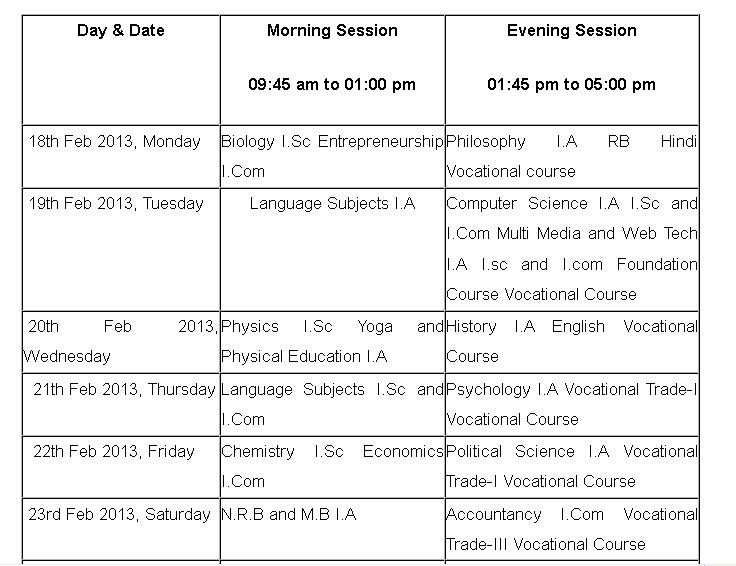(i) All questions are compulsory.
(ii) Questions 1 to 7 are very short answer type questions. These questions carry one mark each.
(iii) Questions 8 to 10 are short answer type questions. These questions carry four marks each.
(iv) Question 11 is long answer type question. This question carries six marks.
Question 1 ( 1.0 marks)
Letf: R→ Rbe a function defined by f(x) = 2x+ 3. Find a function g: R → R satisfying the condition gof= fog= IR.
Question 2 ( 1.0 marks)
A function
f:
Z→
A, where

is defined as

.
Without finding the actual inverse of
f, show that
fis bijective.
Question 3 ( 1.0 marks)
Let
X= {1, 2, 3, 5, 6, 10, 15, 30}
Operations ‘*’, ‘

’ and ‘Δ’ on
Xare defined as follows:
a*
b= LCM (
a, b)
a b
b= HCF (
a, b)
aΔ
b=

Which of the given operations is (are) binary operation(s)?
Question 4 ( 1.0 marks)
If
f:N→
Nis one-one and onto function, then find the value of the following expression.

Question 5 ( 1.0 marks)
Letf be any non-zero real valued function and let gbe a function given by g(x) = (k+ 2)x. Find the value of ksuch that gof = 2f.
Question 6 ( 1.0 marks)
If Y= {x: x∈ Nand x≤ 4}, then show that the relation Ron Ydefined by R= {(a − b): |a − b| is a multiple of 3} is nota trivial relation.
Question 7 ( 1.0 marks)
A function f: R→ Ris defined as f(x) = 3x−5.
Find αsuch that f(α) = f−1(α).
Question 8 ( 4.0 marks)
A function

is defined as
f(
x) =
x2− 3
x+ 2.
- By not calculating the actual inverse of f show that f is invertible.
- Find the inverse of f.
Question 9 ( 4.0 marks)
Let
A=
R− {0} and
B=
A ×
R.
Let the binary operation * on
Bbe defined as (
a, b) * (
c, d) =

.
(i) Find the identity element of
Bwith respect to the operation *.
(ii) Show that set
Bis invertible with respect to the operation *.
Also, find the inverse of (−5, 3).
Question 10 ( 4.0 marks)
Let
Q+denote the set of all positive rational numbers.
A relation
Ron
Q+×
Q+is defined as

.
Show that
Ris an equivalence relation.
Question 11 ( 6.0 marks)
Two real valued functions fand gare defined as f(x) = e2xand g(x) = x− 3. Show that the functions  are one-to-one and onto, and thus, find their inverse.
are one-to-one and onto, and thus, find their inverse. 





























